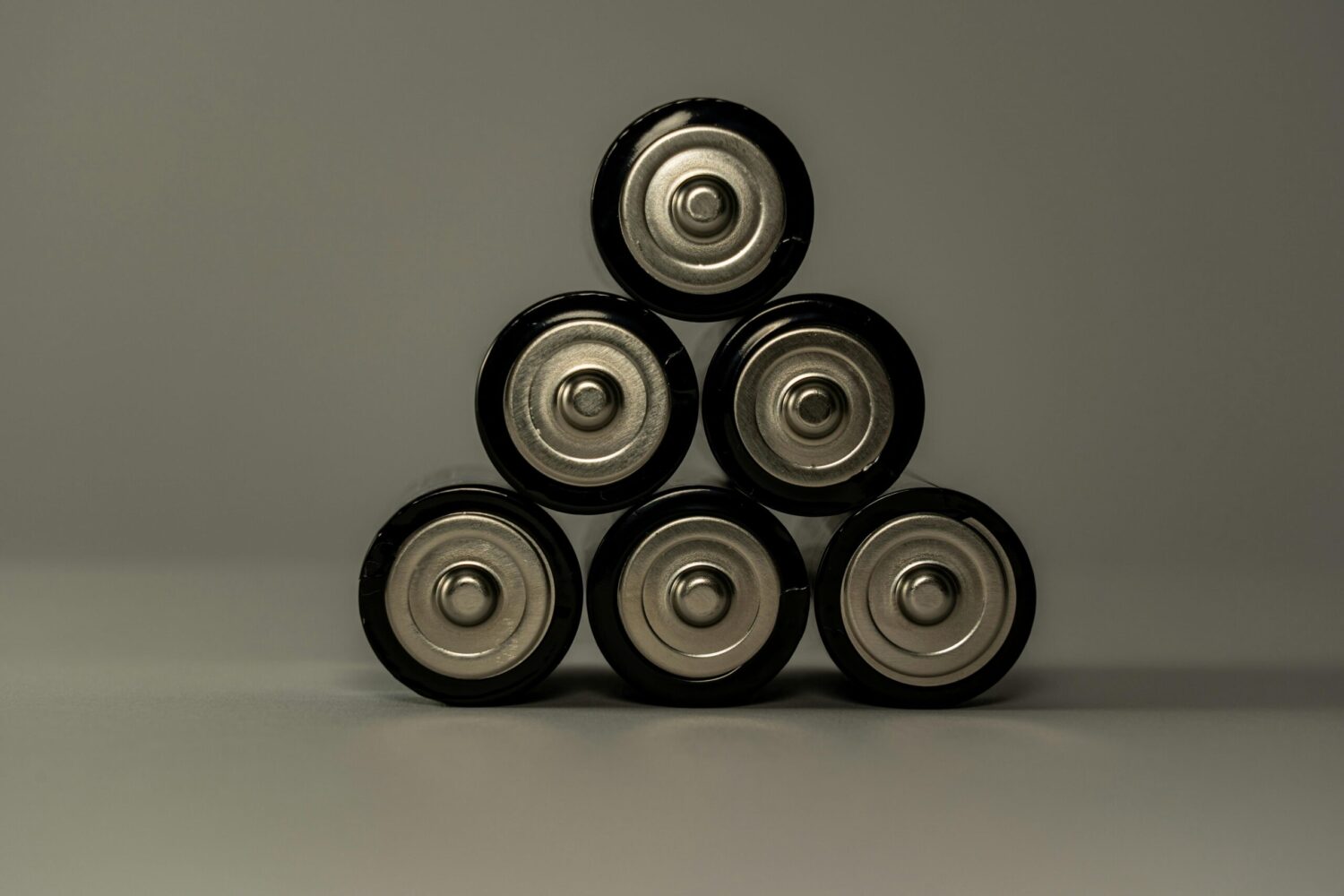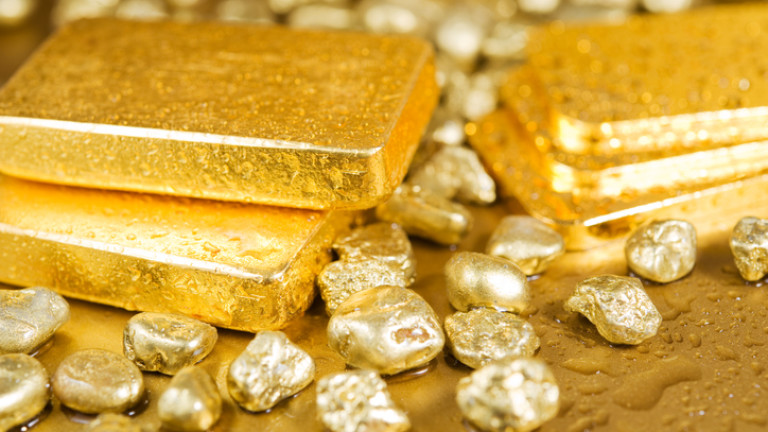A metal becomes more valuable than oil and gold. Its mining is literally rearranging the world’s economic forces. Lithium.
With the rapid development of electronics, lithium has become no less important – it is the main element of any battery. For 30 years, its demand has grown manifold, and economists consider this metal a key component of future technologies.
We need more and more lithium
At the end of the 20th century, lithium was practically not used in industry, so its extraction was in a small volume – about 5 thousand tons per year. But in 1991, Sony’s lithium-ion rechargeable battery turned things around, writes money.bg.
The battery was successful in many ways. It was light, cheap to manufacture, and charged quickly. And most importantly, the memory effect – the loss of capacity over time – was almost absent.
Lithium-ion (Li-ion) and lithium-polymer (Li-pol) batteries are quickly becoming leaders in production, and the demand for lithium is increasing manifold. This was fueled by the booming production of smartphones, tablets, laptops, etc.
As a result, lithium production in 1995 reached 10 thousand tons, in 2010 – 28 thousand, and today more than 86 thousand tons are produced annually. In the last 30 years, the demand for this metal has increased tenfold! But as time has shown, this is only the beginning.
Development of electric transport
In addition to the development of mobile devices and other gadgets in the world, the electric vehicle market is growing rapidly. However, electric transport for many years could not solve 2 problems: the complexity of charging and power reserve due to the small capacity of batteries.
For more than 100 years, only public transport traveled with electric traction – trolleybuses, trams, electric trains, metro. However, with the advent of new batteries, electric cars got a chance to compete with gasoline and diesel cars.
They pollute the environment less, and most importantly, are more economical to use: costs are on average 40-60% less than the price of a tank of gasoline. Due to the lack of technology and high production costs, they are 1.5-2 times more expensive than conventional cars. However, this difference decreases over time.
There are already over 1.5 billion cars in the world, of which about 1% run on electricity. The potential market is huge, more and more people switch to electric cars every year: if 10 years ago there were not even 500 thousand cars on the planet, then in 2021 there were already 2 million of them. According to experts, in 5 years this number will grow at least 6 times.
In addition, European countries announced the gradual abandonment of the production of cars with internal combustion engines. This is planned to be fully completed by 2030.
This reality and the announced plans have dramatically increased the consumption of lithium raw materials (primarily lithium carbonate). If in 2000 the world needed 68 thousand tons, then in 2019 this indicator already exceeds 315 thousand tons – consumption has increased by 4.5 times.
Rising demand for batteries has affected prices. Lithium carbonate in 2004 cost $ 2 thousand per ton, then 2 years ago – $ 6.5 thousand, in 2021 – $ 17 thousand. At peak times, the price even reached $70 thousand. In short, the market growth is huge.
Who will be the leader in lithium production?
Currently, more than 90% of the world production of lithium compounds falls on Australia, China and the “lithium triangle” – Chile and Argentina. But given the rapid growth of the industry and the steady increase in demand for lithium, it is not surprising that everyone remembered its production and the possible profits.
The United States, the world’s number one economy, is worried about China’s leadership and is therefore increasingly talking about developing its own deposits. The US has 9.1 million tons of lithium reserves, and there is currently only one deposit where industrial production is taking place – this is the Silver Peak mine.
Another potential deposit is Tucker Pass, located in Nevada, which together with the first mine. It could quickly put the US among the leaders in lithium production.
There is less prospective potential in Russia. The only field operating since the time of the USSR in Zavittsk in the 1990s was conserved. A new recovery technology is now being developed which, if successful, could be applied to a closed mine and restore it.
In general, reserves in the Russian Federation are small, estimated at 1 million tons. For comparison, in China there are reserves in the volume of 5.1 million tons, in Australia – 7.3 million tons, in Argentina – 19 million tons.
Rosatom announced the development of deposits in the Murmansk and Irkutsk regions. According to the plan, by 2030 local production will be able to cover the needs of the country. How it will turn out in practice is difficult to predict, writes on the site dzen.ru.
However, Latin America, namely Argentina, Chile and Bolivia, could benefit the most from the growth of the lithium market. On their territory there are more than half of all known world reserves of this metal. The first 2 countries are already among the leaders in lithium production.
If they can build the transport infrastructure and attract international investors, they will literally get rich. Rosatom, by the way, also considers local fields with potential for development.
So, the lithium market is growing and is a profitable investment. In the near future, all countries will be fighting for it, hoping to become the leader in production and get their share of the profits.














